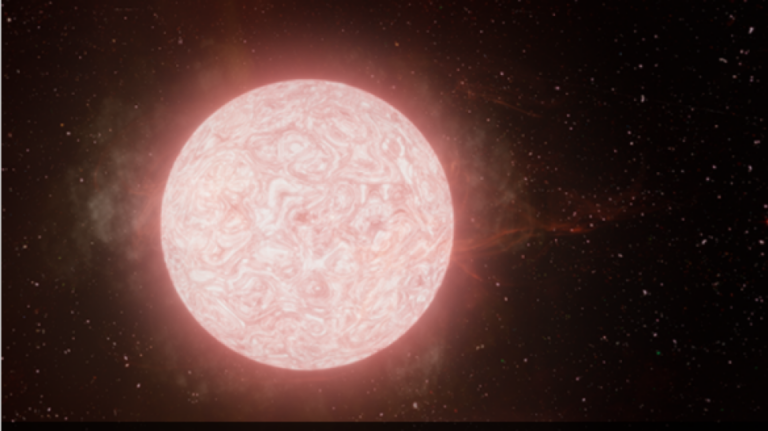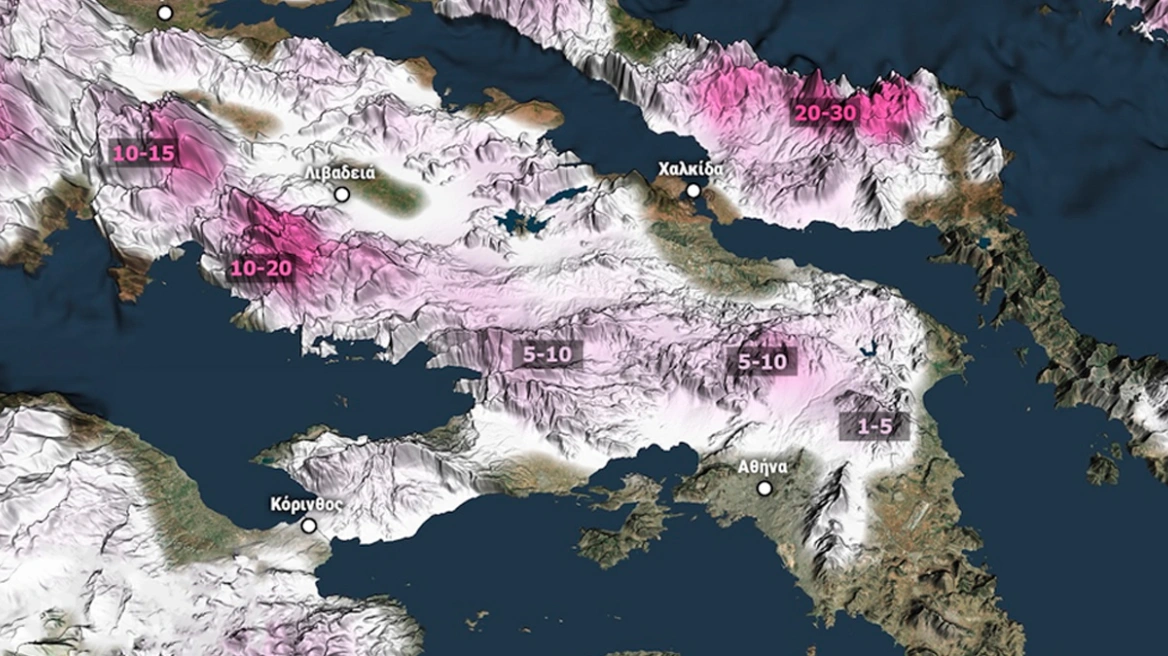For the first time ever, astronomers have imaged in real time the dramatic end to a red supergiant’s life — watching the massive star’s rapid self-destruction and final death throes before collapsing into a type II supernova.
Led by researchers at Northwestern University and the University of California, Berkeley (UC Berkeley), the team observed the red supergiant during its last 130 days leading up to its deadly detonation.
The discovery defies previous ideas of how red supergiant stars evolve right before exploding. Earlier observations showed that red supergiants were relatively quiescent before their deaths — with no evidence of violent eruptions or luminous emissions. The new observations, however, detected bright radiation from a red supergiant in the final year before exploding. This suggests at least some of these stars must undergo significant changes in their internal structure, which then result in the tumultuous ejection of gas moments before they collapse.
more at eurekalert.org
also read
Turkish man retrieves Holy Cross in Constantinople Theophany celebration (photos)
Ask me anything
Explore related questions





